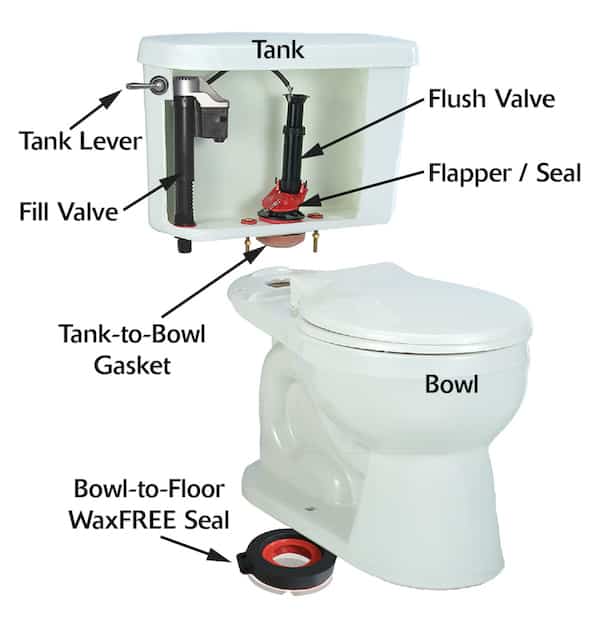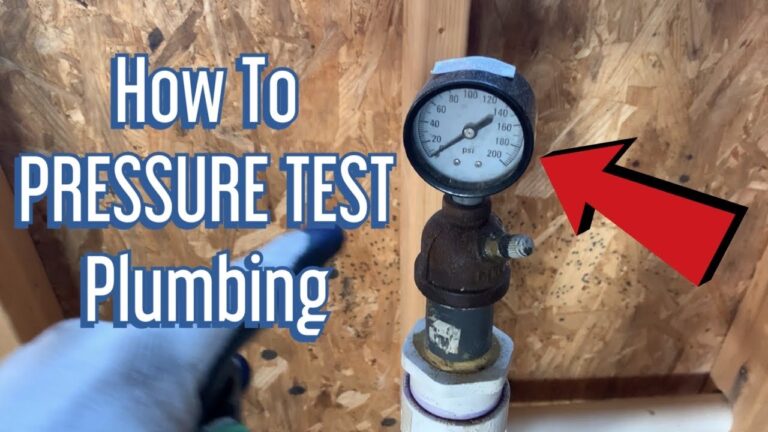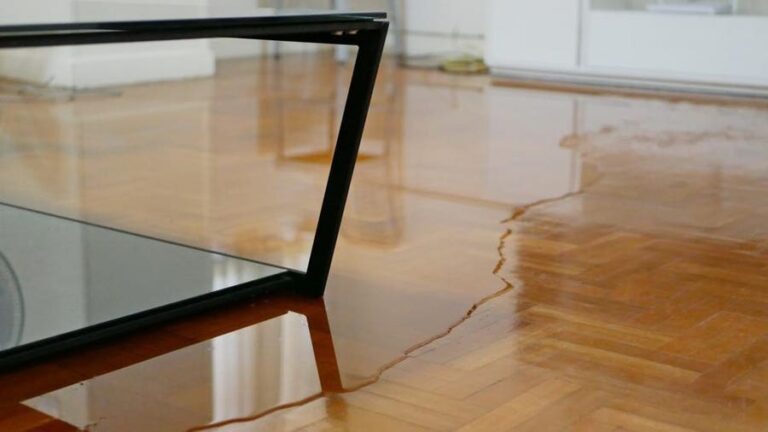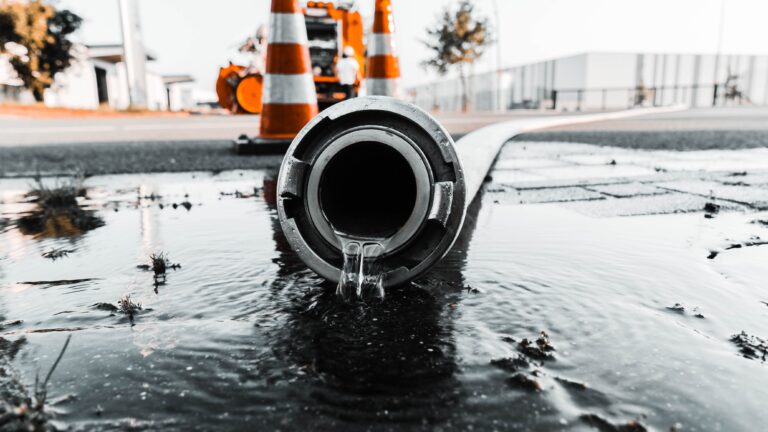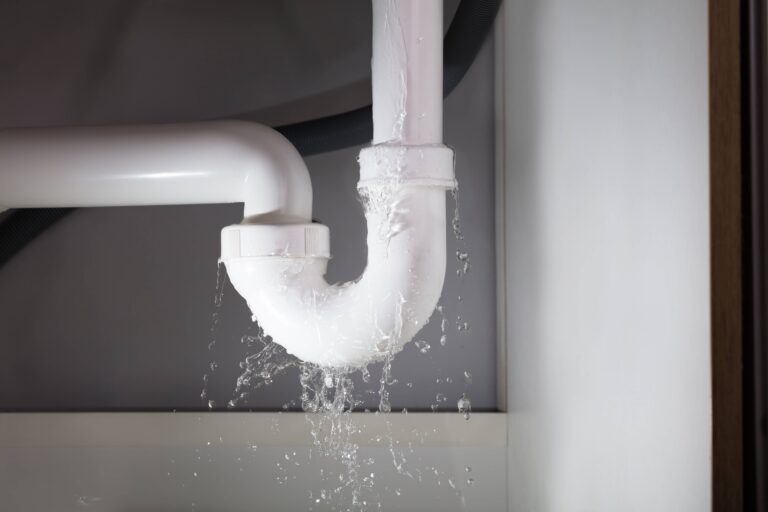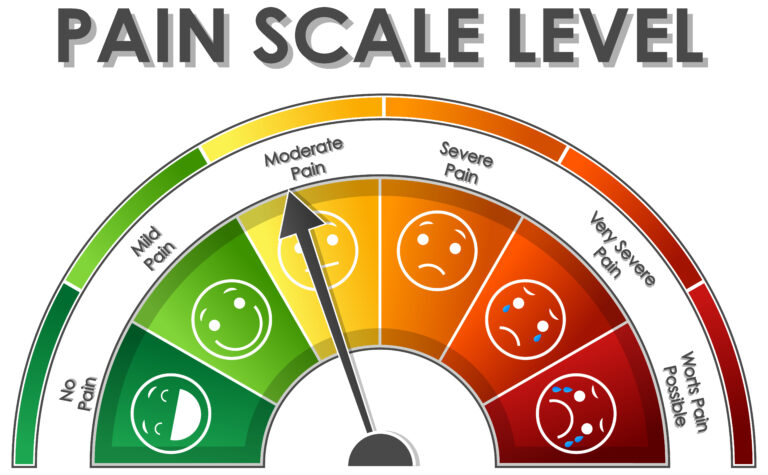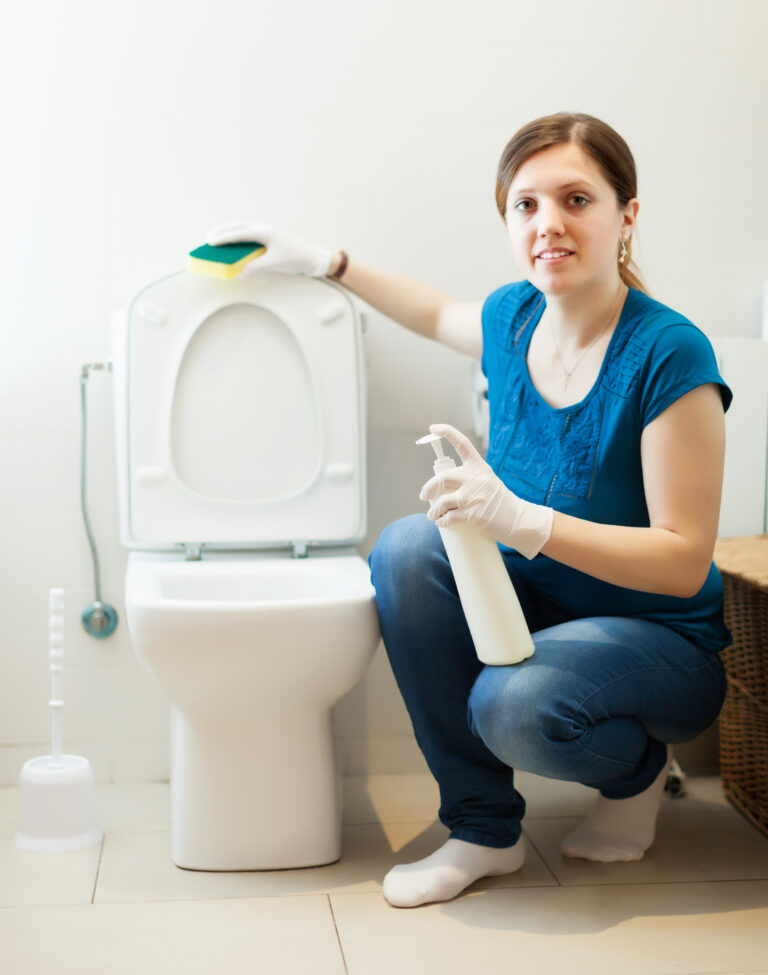Where Do Toilets Leak?
Toilets, one of the most essential fixtures of our everyday lives, can often be taken for granted. However, they are also prone to leaking, which can cause a lot of frustration and costly repair bills. Leaks can occur in toilets for a variety of reasons, ranging from faulty flappers, worn out seals, and even improper installation. It can be difficult to diagnose the source of a toilet leak, so understanding where and why the leak is occurring is key to solving the problem. This article will cover the most common causes of toilet leaks and help identify where they are occurring in order to get them fixed quickly and easily.
What Causes Toilets to Leak?
Toilets often leak for a variety of reasons. It could be an issue with the tank, the flush valve, the flapper, the seal around the base of the toilet, or the supply line. It could also be due to a clog, a broken seal, or a faulty fill valve. In any case, discovering the source of the leak is the first step to fixing it.
The tank is the most common area to start looking for a leak, as it houses the water necessary to flush the toilet. Tank leaks typically occur from the gaskets, flush valves, or flapper, which can be replaced. If the leak is coming from the seal around the base of the toilet, it may be due to a loose connection or worn-out seal.
The supply line is an important part of the toilet’s plumbing system. If the supply line is cracked or damaged, it could be the source of a leak. Checking for a loose connection or a cracked pipe is the best way to identify this issue.
A clog can also be the source of a toilet leak. If the clog is deep in the pipes, it may cause water to back up and seep out of the toilet. If this is the case, a professional plumber should be called to clear the clog and make the necessary repairs.
Finally, the fill valve is responsible for filling the tank with the correct amount of water. If this valve is faulty or worn out, it can cause a leak. Replacing the fill valve is the best way to fix this issue.
No matter the source of the leak, it is important to address it as soon as possible. Leaks can waste water and money, and can also cause damage to the bathroom. Fortunately, with the right knowledge and tools, most toilet leaks can be easily fixed.
Identifying Toilet Leaks
Toilets are an essential part of our daily lives, but they can be incredibly frustrating when they’re not working properly. One of the most common toilet problems is a leak, which can be tricky to identify and fix. To help you locate and repair toilet leaks, here’s an overview of where to look and how to address them.
First, look for signs of water damage around the toilet, such as discoloration, wet spots, and peeling paint. If you see any of these indicators, it’s likely that your toilet is leaking. Next, check your toilet’s flush valve, which is located at the bottom of the tank. This is the most common source of toilet leaks, so it’s important to inspect it regularly. If the flush valve is cracked or corroded, it should be replaced. Additionally, check the toilet’s water supply line, which connects the toilet to the water supply. If the line is loose, leaking, or cracked, it should be replaced.
Finally, check the toilet’s wax ring, which is located between the toilet and the drainpipe. If the wax ring is cracked or brittle, it should be replaced. Additionally, it’s important to inspect the floor around the toilet for any signs of water damage or moisture. If there are any areas of wetness or discoloration, the toilet may be leaking.
By following these simple tips, you’ll be able to identify and address toilet leaks quickly and effectively. Remember to inspect your toilet regularly for signs of water damage and replace any worn or damaged parts to ensure your toilet is working properly.
Tips for Repairing Toilet Leaks
Toilets are an essential part of any home, but problems can arise when they start to leak. Toilets can leak from a variety of places, such as the tank, the bowl, the base, or the supply lines. If you’re experiencing a toilet leak, there are a few things you can do to repair it.
The first step is to identify where the leak is coming from. Check the tank for cracks or signs of water damage. Look for worn gaskets or washers where the tank meets the bowl. Check the supply lines for any loose connections or loose seals. If the leak is coming from the tank, you may need to replace the gasket or washers.
If the leak is coming from the bowl, the seals may need to be replaced. Check the water line for blockages, such as mineral deposits or debris. Also, make sure the tank is properly sealed to the bowl. If the leak is coming from the base, you’ll need to tighten the bolts and make sure the seal is secure.
Finally, if the leak is coming from the supply lines, you’ll need to replace the lines or tighten the connections. If the lines are too old, you may need to replace them entirely.
No matter where the leak is coming from, the key is to act quickly. If you catch the leak early, you can save yourself time and money. With a little bit of knowledge and the right tools, you can repair your toilet leak and get back to enjoying your bathroom.
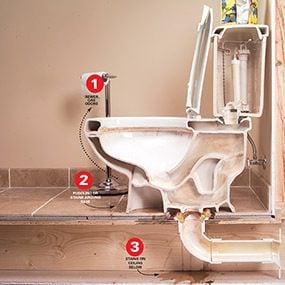
Common Toilet Leak Repairs
Toilets, while one of the most essential pieces of plumbing in the home, are often overlooked when it comes to maintenance and repair. Unfortunately, they are also prone to leaks, which can lead to costly water damage and mold growth. To prevent this, it is essential to know the most common places where toilets can leak and to be familiar with the associated repairs.
The two main sources of toilet leaks are the tank and the bowl. The tank is where the water is stored and is the source of the water which is released into the bowl when the flush is engaged. The tank is sealed with a rubber gasket, which can become worn over time and cause the water to leak from the tank. This repair is typically a simple fix with a new gasket and some plumber’s putty.
The bowl is where the waste is stored and is typically sealed with a wax ring. This wax ring can become worn or cracked, allowing water to escape and seep into the surrounding area. To repair this, the wax ring must be replaced.
In addition, the fill valve and flush valve can become worn and cause leaks, which should also be inspected and repaired if necessary.
By being aware of the common areas where toilets can leak and understanding how to make the necessary repairs, homeowners can save both time and money. A periodic inspection of the toilet and its associated parts can help to prevent costly water damage and mold growth.
Preventing Future Toilet Leaks
Toilets are a necessary part of any home, providing us with a convenient way to dispose of our waste. Unfortunately, they can also be a source of leaks, leading to costly repairs and potential water damage. To help prevent future toilet leaks, it’s important to understand where these leaks typically occur and take steps to avoid them.
The most common place for a toilet to leak is at the base of the bowl, where the wax ring seals the connection between the toilet and the drainpipe. Over time, the wax ring can weaken and crack, creating a gap in the seal that allows water to escape. To prevent this, inspect the wax ring periodically and replace it when necessary.
Leaks can also occur from within the tank. If the flush valve or flush ball isn’t properly seated, the water can escape from the tank into the bowl. You can inspect the valve or ball for proper seating by removing the toilet tank lid and looking inside.
Leaks can also occur from the water supply line. This is typically caused by a loose connection or worn washer. To avoid this, inspect the supply line and connections every few months, replacing any worn parts as needed.
Toilet leaks can be inconvenient and costly, but with proper maintenance and regular inspections, you can help prevent them from happening in the first place.
Professional Plumber Solutions for Toilet Leaks
Toilet leaks can be a major headache for homeowners. Not only can they cause a large water bill, but they can also cause significant damage to other areas of the home if left unaddressed. Fortunately, professional plumbers can provide reliable solutions to ensure that the problem is fixed in a timely and efficient manner.
Leaky toilets are typically the result of a faulty wax ring, a broken flush valve, or an issue with the water line. Professional plumbers can perform a thorough inspection of your toilet to accurately diagnose the source of the leak and advise on the most appropriate course of action.
To ensure that the problem is addressed effectively, it is important to hire a licensed and experienced plumber. A professional plumber will be able to identify the cause of the leak and provide solutions that are tailored to the specific needs of your home. This could include replacing the wax ring, repairing the flush valve, or replacing the water line.
It is also essential that the plumber employs the correct tools and materials to complete the job. This may include specialized tools such as a pipe wrench, plumber’s snake, or a toilet auger. Working with the right tools and materials will ensure that the job is completed safely and properly.
Overall, a professional plumber can provide the best solutions for a leaking toilet. It is important to hire a licensed, experienced plumber to ensure that the job is done effectively and safely. With the right tools and materials, a professional plumber can help to avoid expensive water bills and other damage to the home.
FAQs About the Where Do Toilets Leak?
Q1. What are the most common causes of a toilet leak?
A1. The most common causes of a toilet leak are a worn or broken flapper valve, a corroded or cracked fill valve, a cracked or broken tank, and loose or broken connections.
Q2. What are the signs of a toilet leak?
A2. Signs of a toilet leak include water on the floor around the base of the toilet, a continuously running toilet, or discoloration on the walls or ceiling beneath the toilet.
Q3. How can I fix a toilet leak?
A3. Depending on the cause of the leak, the best way to fix a toilet leak is to either replace the faulty parts or repair the connections. If you are not comfortable doing this, you can always call a plumber for help.
Conclusion
Toilet leaks can be caused by a variety of issues, ranging from faulty seals and parts to old age or improper installation. To prevent and address such issues, it is important to maintain toilets regularly and to inspect them for signs of wear and tear. If you are unable to fix the issue yourself, it is best to call a professional plumber to come and assess the problem. With the right maintenance and care, you can keep your toilet from leaking and prevent major repairs in the future.

